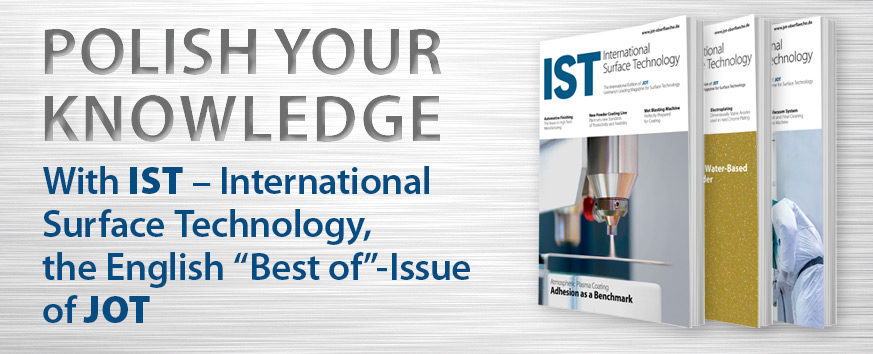A professional earthing has a decisive influence on the results of the coating process. Safety and economic aspects dominate the production of homogeneous powder coating surfaces. This is made possible, among other things, by an optimally adapted suspension construction. During powder coating, uncontrolled discharges and associated unsatisfactory results occur again and again. The reason for this is usually a defective grounding of the workpieces to be coated. This is not only irresponsible from the point of view of occupational health and safety, but also unacceptable from an economic point of view. This is because inadequate earthing means poor quality, increased paint consumption and larger rejects. Professional earthing is therefore a measure that pays off in several respects.
Electrostatic charging should not be underestimated
The electric charge in combination with the simultaneously generated powder cloud holds considerable dangers. The high voltage emanating from the sprayer creates a latent explosive atmosphere. Professional earthing is therefore an absolute must for electrostatic processes with coating powders, but also for wet paint and electrodeposition coatings. An appropriate suspension and conveyor technology not only increases safety during the coating process, it also generates savings effects. Because the suspension as an important connecting piece between workpiece and conveyor stands for the quality of grounding. In addition, care must be taken to prevent the suspension points from being coated. This is because the conductive mounting devices, such as hooks, eyelets, supports or carriers, must guarantee permanent grounding during the entire coating process.
Less overspray with optimum paint utilisation
With an appropriately adapted suspension construction, standardised hooks, spring wires, arrows and magnets can be used to ensure good grounding and can be replaced if necessary. This is the path HangOn has chosen with its industry-specific suspension systems. In addition, the parts can be fitted in metal sleeves, which are protected by highly heat-resistant rubber caps.
Autor(en): HangOn




